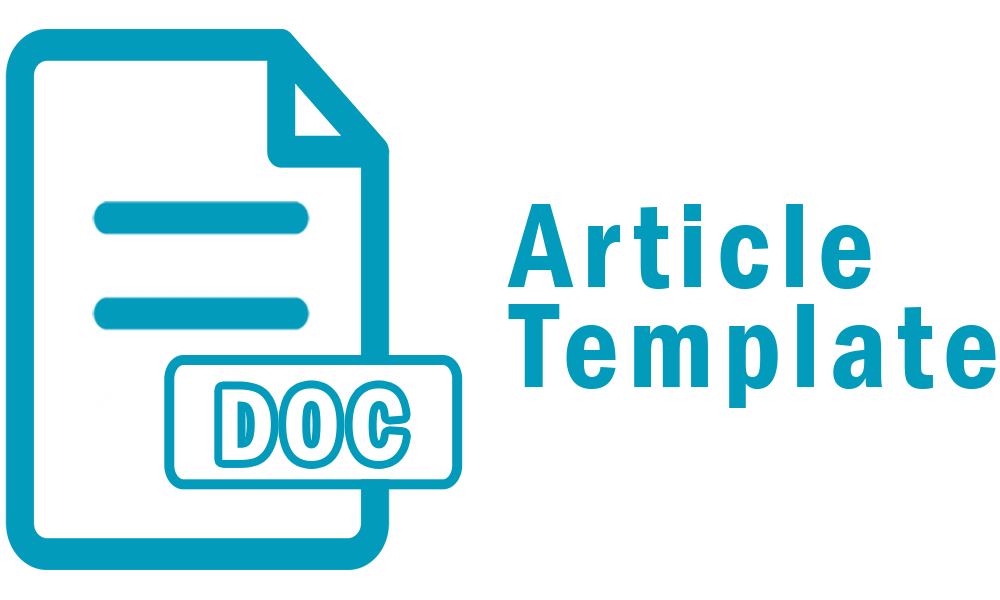Making Ecoprint Sarong Patterned Lontara Script and Pinisi Ships Use Coloring Agents from Teak Leaves
-
DOI:
https://doi.org/10.46961/kreator.v12i1.1600Abstract
Ecoprint sarong products need to be made to preserve the cultural heritage of the Bugis-Makassar tribe. For this reason, the purpose of this research is to make ecoprint products with lontara and pinisi script motifs using teak leaves as a natural dye and at the same time as an ecoprint printing material. The research method includes the preparation stage: preparing tools and materials and determining the sketch. Implementation stage: soaking silk sarong, teak leaf extraction, dyeing the background of silk sarongs with teak leaf dye and coffee grounds, ecoprint process with steaming technique. Evaluation stage: product improvement and product packaging. The result is an ecoprint sarong with a lontara script motif inscribed with the word Polimedia Makasaar on the upper and lower sides of the sarong and there are four phinisi boats motifs from teak leaf patterns producing a deep red color compared to the background color. In conclusion, an ecoprint sarong product was created with a length x width of 2x1.5 cm and functions as a prayer sarong or sleeping sarong for teenage, adult and elderly men.
Downloads
Published
How to Cite
Issue
Section
Citation Check
License
Copyright (c) 2025 Najmawati Sulaiman, Rahmawati, Muliaty, Fitriani Halik, Indo Sennang, Qurrata A;yyun

This work is licensed under a Creative Commons Attribution-ShareAlike 4.0 International License.
Authors who publish with Kreator agree to the following terms:
- For all articles published in the Kreator, copyright is retained by the authors. Authors give permission to the publisher to announce the work with conditions. When the manuscript is accepted for publication, the authors agree to the automatic transfer of non-exclusive publishing rights to the publisher.
- Authors retain copyright and grant the journal right of first publication with the work simultaneously licensed under a Creative Commons Attribution-ShareAlike 4.0 International License that allows others to share the work with an acknowledgment of the work's authorship and initial publication in this journal.
- Authors are able to enter into separate, additional contractual arrangements for the non-exclusive distribution of the journal's published version of the work (e.g., post it to an institutional repository or publish it in a book), with an acknowledgment of its initial publication in this journal.
- Authors are permitted and encouraged to post their work online (e.g., in institutional repositories or on their website) prior to and during the submission process, as it can lead to productive exchanges, as well as earlier and greater citation of published work (See The Effect of Open Access).











